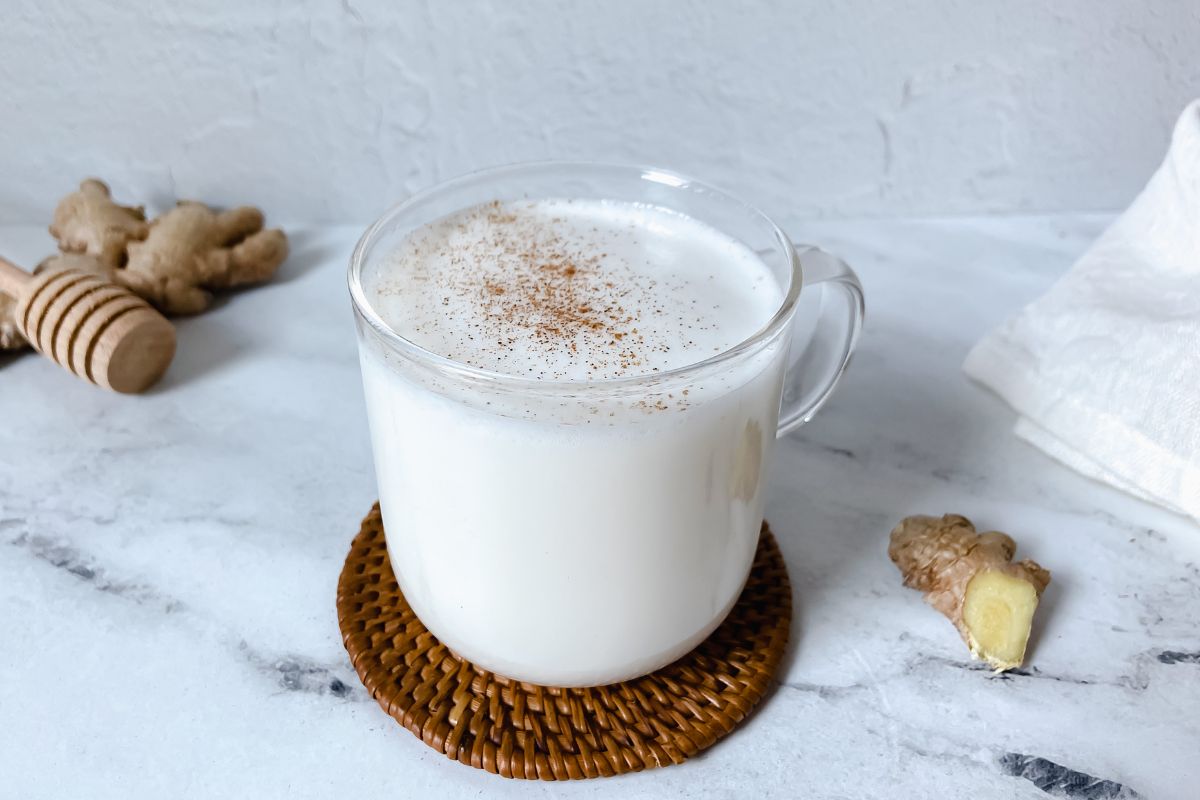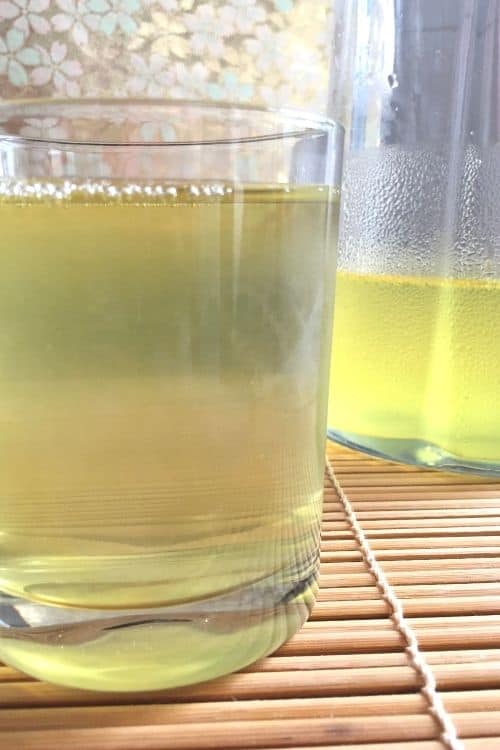iteaworld Tea Review
My impressions after tasting their oolong and black teas side-by-side

I recently had the opportunity to try iteaworld, a tea company that offers an interesting selection of Chinese loose-leaf teas.
As a tea enthusiast who enjoys exploring new varieties, I was eager to sample their teas.
What intrigued me the most was their packages featuring their four oolong teas and their black teas (also four).
This gave me the perfect chance to compare and appreciate the nuances between various Chinese tea types.
I have tried some of them individually, but I also conducted a comprehensive tea tasting session, comparing all four oolong teas side by side and another one trying all four black teas side by side.
This allowed me to truly understad the distinctions between each variety.
So, in this post, I will share my firsthand experience with the the flavors, aromas, and overall quality of this tea brand.
Disclaimer: This post is sponsored by iteaworld, but the opinions expressed are my own
About the Company

Iteaworld is a Chinese tea company that specializes in loose-leaf teas from different tea plantations, like modern high mountain tea gardens, abandoned tea garden, old tree tea garden and wild tea trees.
Their teas are made solely from pure tea leaves, without any blends.
This means that the delicious smells of the teas come from special techniques used in making the tea, not by mixing in other ingredients.
Iteaworld’s mission is to provide a cost-effective platform for tea lovers worldwide to explore and learn about Chinese tea.
By offering teas from various sources and processing, Itea allows tea enthusiasts to experience the diverse range of flavors and profiles, helping them discover their favorite ones.
That’s why they also provide tea samples with every order while their website is still new.
As for today, you’d get 2 tea samples for free on a $9.9- $19.9 purchase, 3 tea samples on a $19.9- $39.9 purchase and 4 tea samples on a purchase of $40 or more.
They also offer worldwide shipping and free shipping on purchases over $39.99 (as of today). Additionally, they provide a full refund within 15 days in case of dissatisfaction.
And I must say, based on my own experience with their tea selection, it’s truly fantastic to have the chance to try out small quantities of different types of Chinese teas without having to commit to a large package of just one kind.
Packaging

Their individual samples come in sachets that are carefully vacuum-sealed using a paper-like material with a thin layer of plastic-like coating on the inside.
This meticulous packaging ensures that the tea retains its aroma and remains moisture-free.
Additionally, the larger tea packages are wrapped in the same material, although they are not vacuum-sealed.
The packaging proudly boasts its recyclability, printing with soybean ink, and the use of paper sourced from FSC-certified suppliers.
So, iteaword evidently prioritizes sustainability in their packaging efforts together with functionality, an admirable initiative that aligns with my own values.
How to prepare these Chinese traditional teas
iTea discusses two options for brewing their tea:
- the gongfu method, which is the traditional way of preparing Chinese tea
- using a tea bag, which may be more familiar to many of us
Using the gongfu method
To brew with the gongfu method you would typically use a gaiwan, a small teacup with a cover.
According to the vendor’s instructions, you should heat water to a temperature of 90-95°C (194-203°F).
The recommended ratio of tea to water is between 1:20 and 1:30.
This will be around 70-100 ml for each sachet (around a teaspoon of tea).
- Clean and heat the teacup before use.
- Once the teacup is heated, place the tea leaves inside. The first brew should be very short, around 3 seconds, and then discarded. This initial brew is meant to wash the tea leaves.
- The second brew should steep for about 10-15 seconds.
- For each subsequent brew, increase the steeping time by approximately 10 seconds.
According to the vendor, their teas can be brewed up to 7-10 times, but I have personally only tried up to 4 brews this time.
I don’t have a gaiwan yet, but I have brewed my tea using this method with a regular teapot, and I was pleased with the results:

Brewing in a teabag
I haven’t tried this brewing method with these teas, but to brew with a teabag, the vendor recommends using a tea-to-water ratio of 1:150 and steeping for a minute and a half.
This will yield approximately 500 ml of tea for the first brew.
This method allows for up to 2 brews.
I can imagine, you could also brew the tea in a teapot with a strainer instead of using a teabag.
Tasting
I tried the Classic Tea Selection (containing 4 oolong and 4 black teas).
As of today, itea offers a variety of 8 different teas, including 4 oolong teas and 4 black teas.
The tea selection includes 4 sachets of every tea.
Each sachet contains approximately 3.5 g of tea, which is roughly equivalent to 1 generous teaspoon.

This amount of tea can potentially yield up to 1 liter of tea if steeped multiple times (although I haven’t personally brewed them that many times on this occasion).
To write this post, I tried all four different types of oolong in one session (sharing it with my husband so that I didn’t consume too much tea at once).
Two days later, I did the same with the black tea.
In both tasting sessions, I employed the gongfu brewing method, using small amounts of water and conducting multiple steeps.
This approach enabled me to enjoy the tea’s development after infusing the leaves.
What I found remarkable was that each type of tea had leaves with distinct shapes, both when dry and after they were steeped.
Oolong tea
Fenghuan Dancong

According to the package, this tea comes from old trees that are older than 100 years old.
Since I have a full-size package of this tea, I decided to try it first, and boy was I taken aback by the incredibly intense peach aroma.
It made me wonder how they achieved such a strong aroma without adding any additional flavorings!
Until the third steep, following the gongfu style, the tea retained this delightful peach fragrance.
After that, the roasted undertones became more prominent, and personally, I enjoyed the tea slightly less.
Nonetheless, it is a tea that I believe will likely become one of my favorites from this selection.
Dahong pao

This tea has a pleasant aroma as soon as you open the package.
When steeped, it carries a distinct roasted scent, along with hints of stone fruit that resemble peach.
I find it somewhat similar to Fenghuan Dancong because both have a peach aroma, but this one has a more pronounced roasted flavor, slightly less fruitiness, and a smoother mouthfeel.
Tie Guanyin

The dry leaves (which look like small balls) didn’t have a strong smell, but once they got wet, they suddenly had a wonderful floral scent like orange blossoms.
At the same time, there was also a noticeable vegetal aroma similar to spinach.
The taste is mild, smooth, without any bitterness, and it feels buttery in the mouth.
Minnan Narcissus

This tea has a very comforting aroma, although I personally couldn’t appreciate the floral notes I expected from its name.
In terms of taste, it has a slight bitterness and astringency compared to the other oolong teas I have tried from this selection.
Black tea
Black Yingde

I would describe the aroma of this tea as robust.
When brewed, it exhibits a certain level of acidity and a strong flavor that I believe would complement meals quite well.
Despite having a touch of bitterness, it surprisingly offers a smooth mouthfeel. Interestingly, as the tea cools down, it becomes a smoother taste and more enjoyable to my personal taste.
Lapang souchong
This tea is made with plants from abandones tea gardens.
This tea possesses a pleasant aroma that might remind of the black teas commonly consumed in Western countries.
Its flavor is light and highly enjoyable, almost refreshing, making it a delightful standalone drink without the need for milk.
Personally, I believe this could be my favorite black tea among the selection.
Wild souchong

Made from wild tea trees.
This particular tea has a strong aroma that is difficult to describe but reminds me of post-fermented teas, such as pu-erh.
The flavor is savory and becomes progressively smoother and more to my liking with each steeping.
Additionally, I find that this tea provides a pleasant warming sensation in the body, although it also leaves a slight tickle in the throat.
Yunnan Black

This tea tastes in my opinion similarly smooth to Lapsang, but it has a darker profile and a stronger taste, even with some astringency.
It also exhibits delightful floral undertones.
Personal Conclusion
I had a great time trying out different types of tea and I was amazed at how much the flavor can change depending on the plant and how it’s processed.
As someone new to Chinese tea, I was impressed by the wide range of tastes and how they developed with each steep.
Even though I had my favorites, I enjoyed all the teas because they were all good quality and none had a strong bitter taste. I’m happy I found this brand and I enjoy it.







How detailed and good explanations!
It’s really interesting to know your personal opinions about these Chinese teas. Thank you very much for sharing this review!